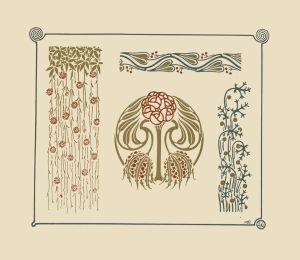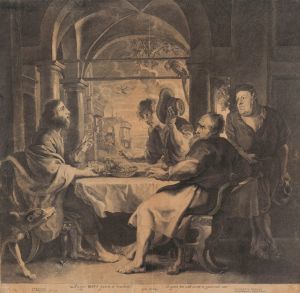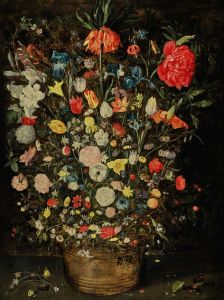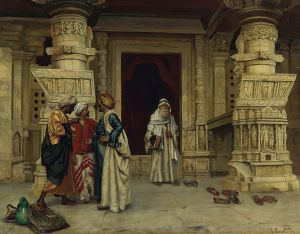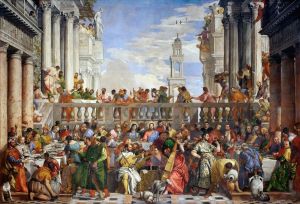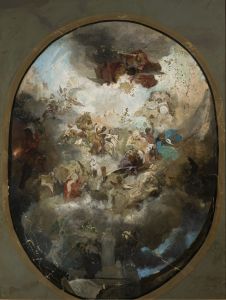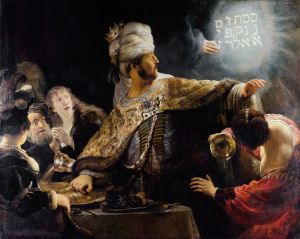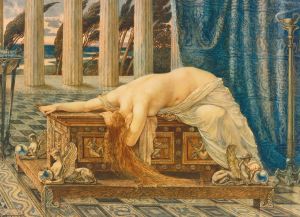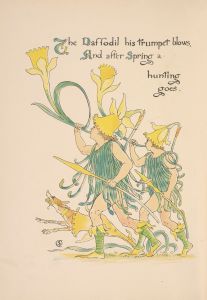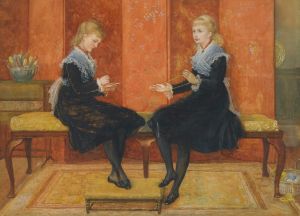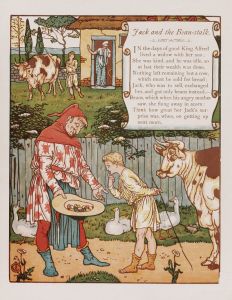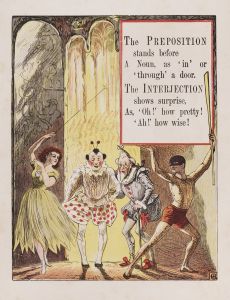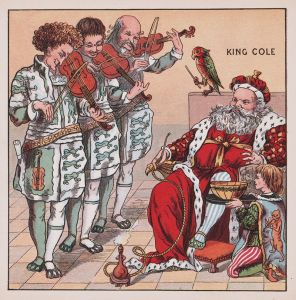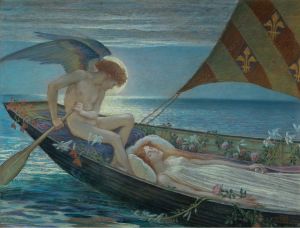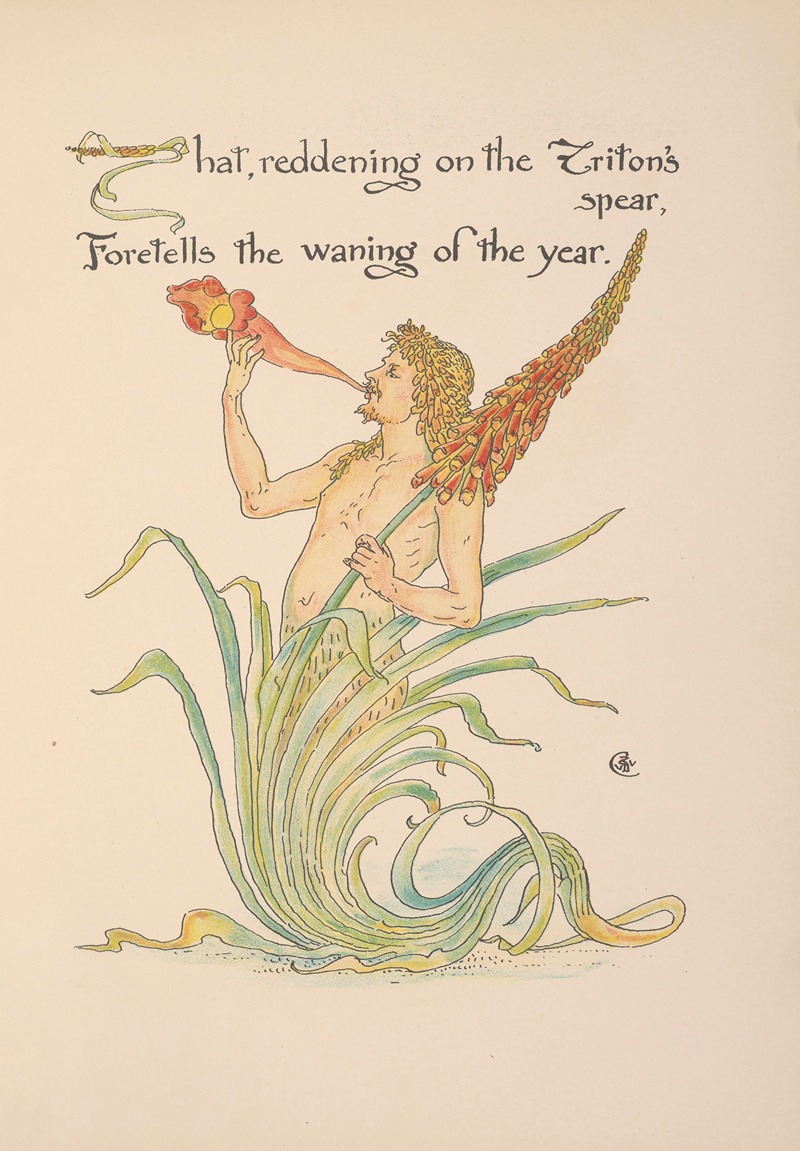
Flora’s feast; A masque of flowers Pl.33
A hand-painted replica of Walter Crane’s masterpiece Flora’s feast; A masque of flowers Pl.33, meticulously crafted by professional artists to capture the true essence of the original. Each piece is created with museum-quality canvas and rare mineral pigments, carefully painted by experienced artists with delicate brushstrokes and rich, layered colors to perfectly recreate the texture of the original artwork. Unlike machine-printed reproductions, this hand-painted version brings the painting to life, infused with the artist’s emotions and skill in every stroke. Whether for personal collection or home decoration, it instantly elevates the artistic atmosphere of any space.
Walter Crane's "Flora’s Feast; A Masque of Flowers" is a celebrated work that showcases the artist's distinctive style and contribution to the world of illustration. Published in 1889, this book is a testament to Crane's skill in combining art with literature, a hallmark of the Arts and Crafts Movement of which he was a prominent figure.
Walter Crane (1845–1915) was an English artist and book illustrator, known for his colorful and detailed illustrations, often featuring themes from mythology, fairy tales, and nature. His work in "Flora’s Feast" exemplifies his ability to blend narrative with visual art, creating a seamless experience for the reader. The book is a visual celebration of flowers, presented in the form of a masque—a form of festive courtly entertainment that flourished in 16th and early 17th century Europe.
"Flora’s Feast" is structured around the concept of a floral procession, where each page introduces a different flower personified as a character in the masque. Crane's illustrations are accompanied by verses that describe the characteristics and symbolic meanings of each flower, creating a harmonious interplay between text and image. This approach not only highlights Crane's artistic talent but also his poetic sensibility.
Plate 33 of "Flora’s Feast" is one of the many exquisite illustrations in the book. While specific details about Plate 33 are not widely documented, it can be assumed that, like the other plates, it features Crane's signature style: intricate line work, vibrant colors, and a whimsical portrayal of flowers as human-like figures. Each illustration in the book is meticulously crafted, reflecting Crane's deep appreciation for nature and his commitment to the ideals of the Arts and Crafts Movement, which emphasized the value of handcrafted art and the beauty of natural forms.
Crane's work in "Flora’s Feast" is notable for its influence on children's book illustration. His ability to create engaging and imaginative visuals set a standard for future illustrators. The book's design, with its elaborate borders and decorative elements, also reflects the influence of medieval manuscripts and Japanese prints, both of which were significant sources of inspiration for Crane.
"Flora’s Feast" was well-received upon its release and remains a cherished example of Victorian book illustration. It showcases Crane's mastery in creating a cohesive artistic and literary work that appeals to both children and adults. The book's enduring popularity is a testament to Crane's skill and vision, as well as his ability to capture the beauty and diversity of the natural world through his art.
In summary, Walter Crane's "Flora’s Feast; A Masque of Flowers" is a significant work in the history of illustration, reflecting the artist's unique style and his contribution to the Arts and Crafts Movement. Plate 33, like the rest of the book, exemplifies Crane's talent for combining narrative and visual art, creating a timeless celebration of nature's beauty.





